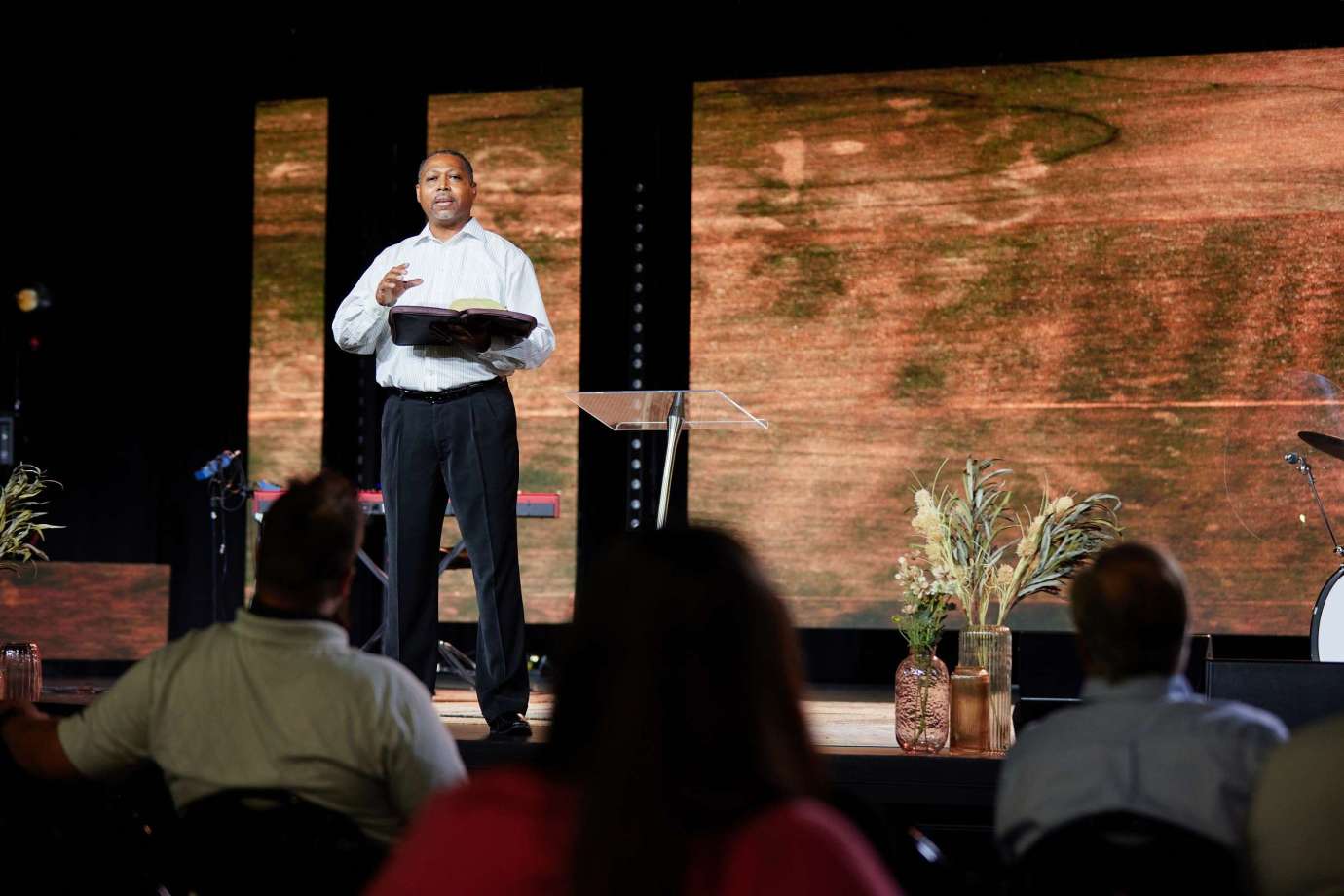FIRE 310 Fire Prevention and Protection
Course Description
This course emphasizes diverse fire protection subject areas including fire prevention and safety, public education, building construction, recognition of hazards, prevention of fires, inspection techniques and protection and suppression systems. Special emphasis to include understanding fire characteristics and the structural consequences of fire; risk assessment and management as applied to places where people are assembled and endangered by fire.
For information regarding prerequisites for this course, please refer to the Academic Course Catalog.
Course Guide
View this course’s outcomes, policies, schedule, and more.*
*The information contained in our Course Guides is provided as a sample. Specific course curriculum and requirements for each course are provided by individual instructors each semester. Students should not use Course Guides to find and complete assignments, class prerequisites, or order books.
Rationale
Fire prevention and protection are key components to a successful proactive approach to service delivery. With effective community engagement the information learned and built upon in this course will provide you with the initial concepts for a proactive approach to prevention and protection.
Course Assignment
No details available.
After reading the Course Syllabus and Student Expectations, the student will complete the related checklist found in the Course Overview.
Discussions are collaborative learning experiences. Therefore, the student is required to provide a thread in response to the provided prompt. Each thread must be a minimum of 300 words and demonstrate course-related knowledge. In addition to the thread, the student is required to reply to 2 other classmates’ threads. Each reply must be at least 200 words.
In 2 pages of content per event, the student will discuss at least 2 fire events that have occurred within the last 10 years that have sparked public outcry for change for a total of 4 pages of content.
This paper will require analysis of a particular fire case study as well as Site Design requirements set forth by the Lynchburg Fire Department. The student must submit 3–5 double-spaced pages of content to discuss these items.
In this 4-page paper, the student will discuss a scenario relating to inspections and fire prevention activities.
In this 5–7-page paper, the student will evaluate his or her community to determine 3–5 major components that would be foundational building blocks for a community risk reduction program(s).

Have questions about this course or a program?
Speak to one of our admissions specialists.
Inner Navigation
Have questions?
